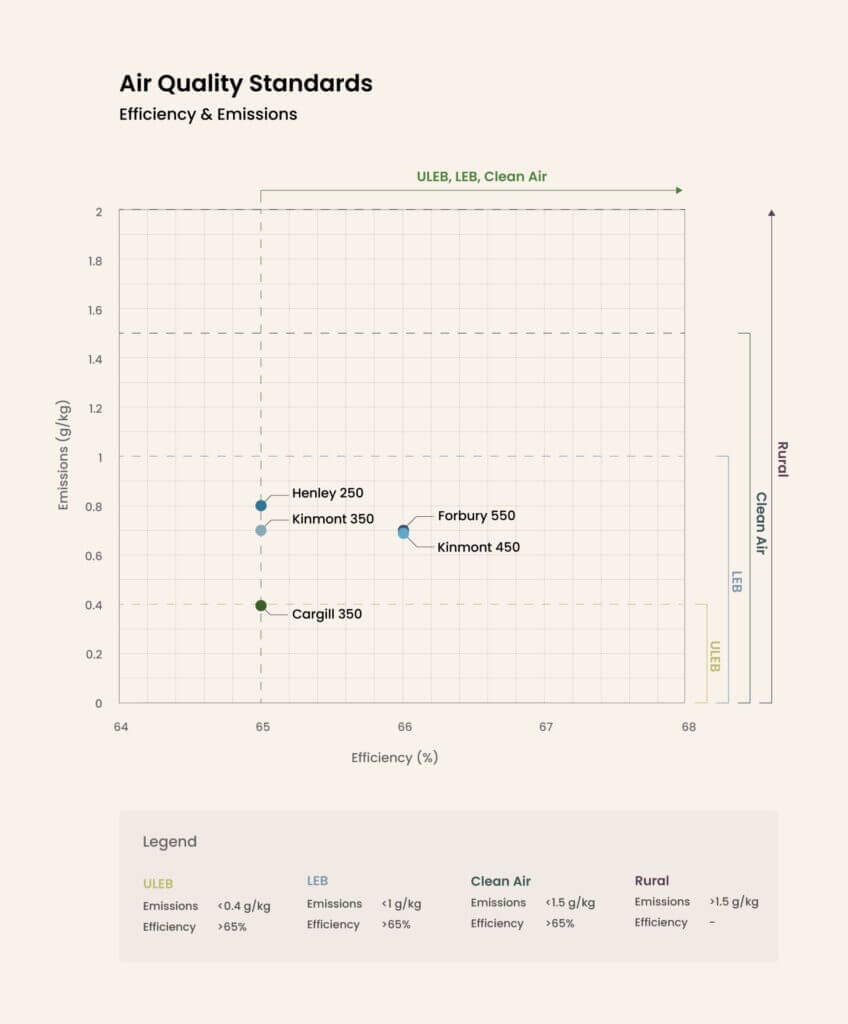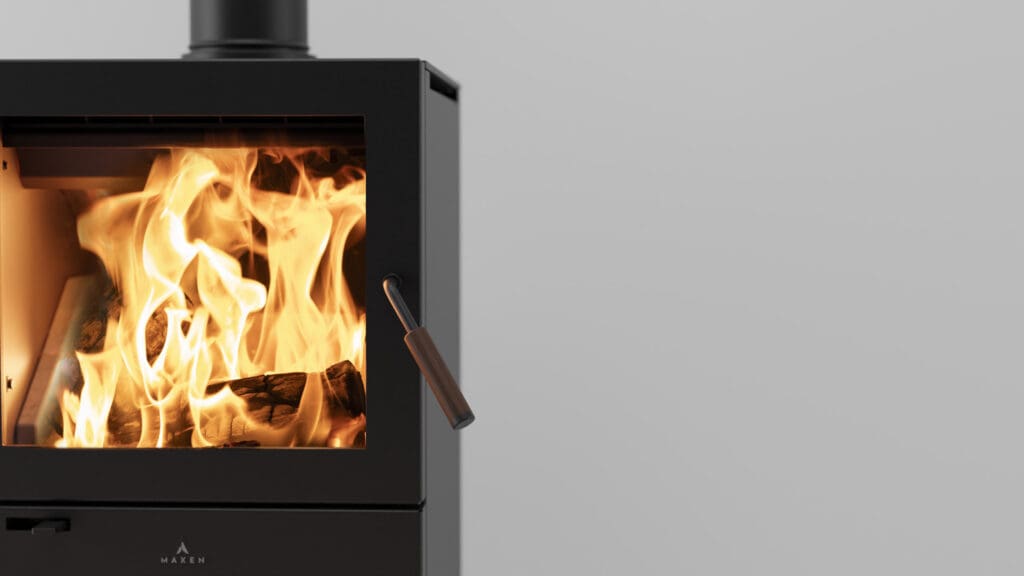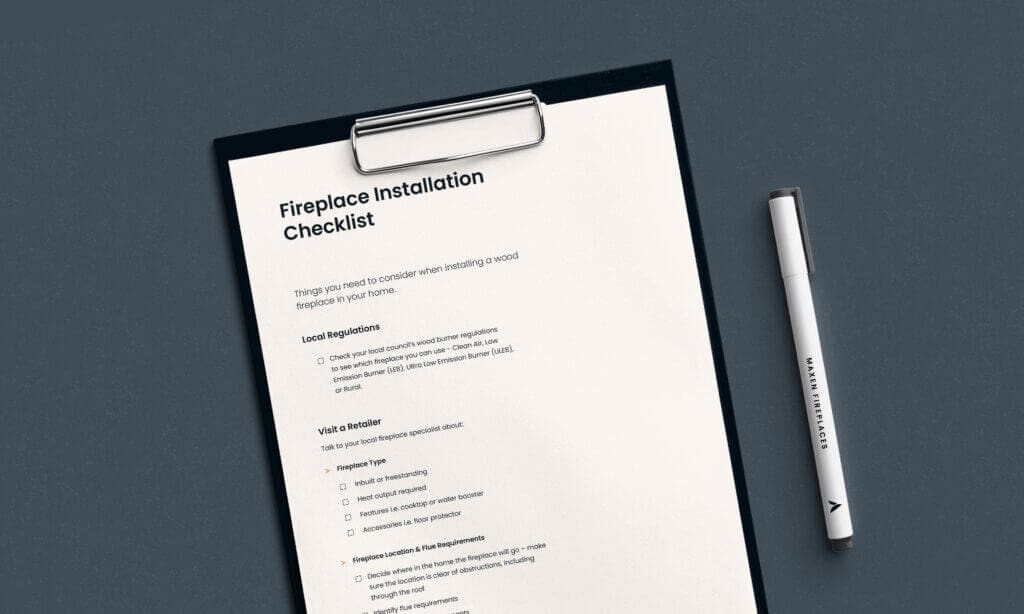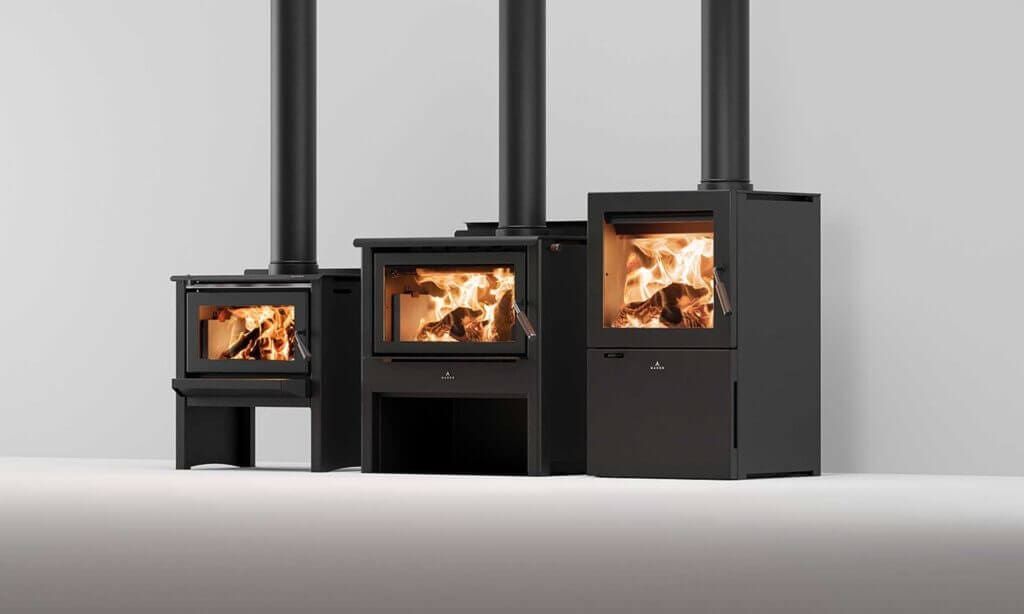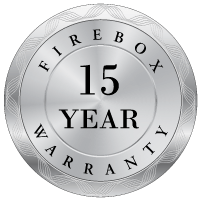Choosing a wood fireplace for your home shouldn’t be confusing. However, before you purchase one, it’s important that you understand the air quality requirements specific to your region and which fireplaces you are able to install before making your decision.
Air Quality
New Zealand has relatively good air quality, however, the Ministry for the Environment has put nationwide Air Quality Standards in place to protect it.
To put it simply, burning wood or coal in a fireplace releases particulate matter (PM) into the atmosphere, and this amount will vary depending on the fireplace. The Air Quality Standards are designed to keep these particulates to a minimum, ensuring less air pollution for all New Zealanders.
National Environmental Standards (NES) for Air Quality in New Zealand
In New Zealand, the NES for indoor wood fireplaces is referred to as the Clean Air Standard – tested to AS/NZS 4012 & 4013. It guarantees a minimum level of health protection in New Zealand by setting a limit on the amount of particulate matter a fireplace can produce on a property of less than two hectares.
On a property greater than 2 hectares, it’s most likely that no standard needs to be met – regional exceptions do exist, so refer to your regional councils for guidance. Fireplaces that fit this category are often not tested and are referred to as Rural fireplaces – not tested or where fireplaces with results exceeding 1.5g/Kg are classified.
Environment Canterbury – Additional Air Quality Standards
Environment Canterbury also has two additional standards, that fireplaces can be certified to:
- LEB – Low Emissions Burner Standard – tested to AS/NZS 4012 & 4013
- ULEB – Ultra Low Emissions Burner Standard – tested to ECAN CM1
Some regional councils across the country, both North and South Island councils, have put tighter local air quality standards that go further than the National Clean Air Standard, that fireplaces need to meet.
Individual Regional Councils establish their own regulations for their individual regions, these need to be adhered to when installing and consenting a wood fireplace.
The Four Classifications for Fireplace Products
Each region specifies the level of emissions and efficiency your fireplace needs to achieve to enable it to be installed and authorised for your location. Fireplaces are classified based on their certification status as below:
- ULEB: Ultra Low Emissions Burner (<0.4g/Kg emissions and >65% efficiency)
- LEB: Low Emissions Burner (<1.0g/Kg emissions and >65% efficiency)
- Clean Air Burner: (<1.5g/Kg emissions and >65% efficiency)
- Rural Burner: (anything >1.5g/Kg emissions and no efficiency specified)
Always check your regional councils for what classification of wood fireplace you are able to install or speak to your local retailer who will know the requirements and advise on the right wood fireplace for your home.
Resources
To check the certification of any wood fire, you can refer to the National Authorised Burners list on the NES website: https://environment.govt.nz/guides/authorised-wood-burners/#authorised-wood-burners
To check which wood fires are certified as LEB or ULEB, you can refer to the Environment Canterbury Authorised Burners list on the ECAN website: https://www.ecan.govt.nz/data/authorised-burners/


